Leonardo de Melo Joao
A Flyweight CNN with Adaptive Decoder for Schistosoma mansoni Egg Detection
Jun 26, 2023



Abstract:Schistosomiasis mansoni is an endemic parasitic disease in more than seventy countries, whose diagnosis is commonly performed by visually counting the parasite eggs in microscopy images of fecal samples. State-of-the-art (SOTA) object detection algorithms are based on heavyweight neural networks, unsuitable for automating the diagnosis in the laboratory routine. We circumvent the problem by presenting a flyweight Convolutional Neural Network (CNN) that weighs thousands of times less than SOTA object detectors. The kernels in our approach are learned layer-by-layer from attention regions indicated by user-drawn scribbles on very few training images. Representative kernels are visually identified and selected to improve performance with reduced computational cost. Another innovation is a single-layer adaptive decoder whose convolutional weights are automatically defined for each image on-the-fly. The experiments show that our CNN can outperform three SOTA baselines according to five measures, being also suitable for CPU execution in the laboratory routine, processing approximately four images a second for each available thread.
Saliency Enhancement using Superpixel Similarity
Dec 01, 2021
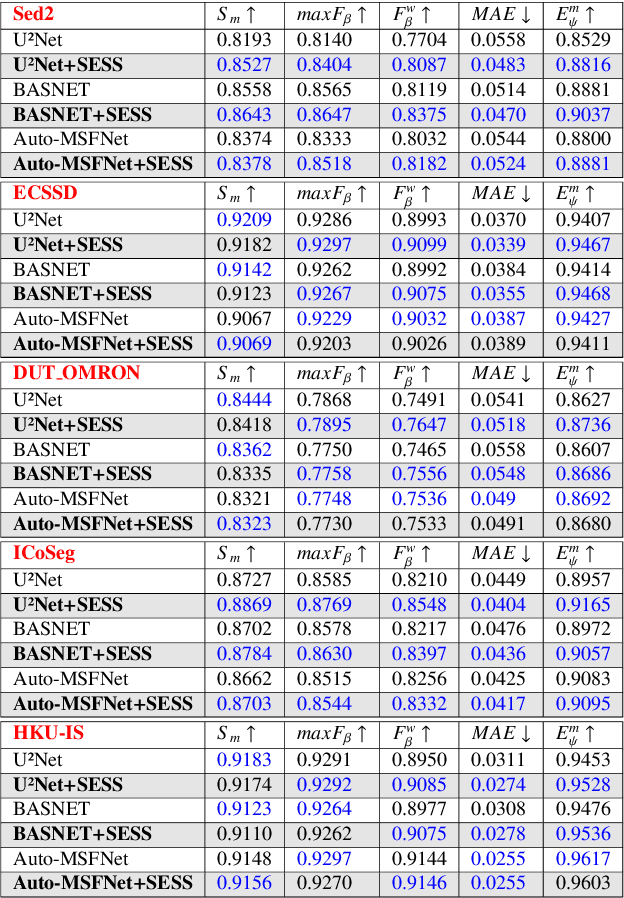
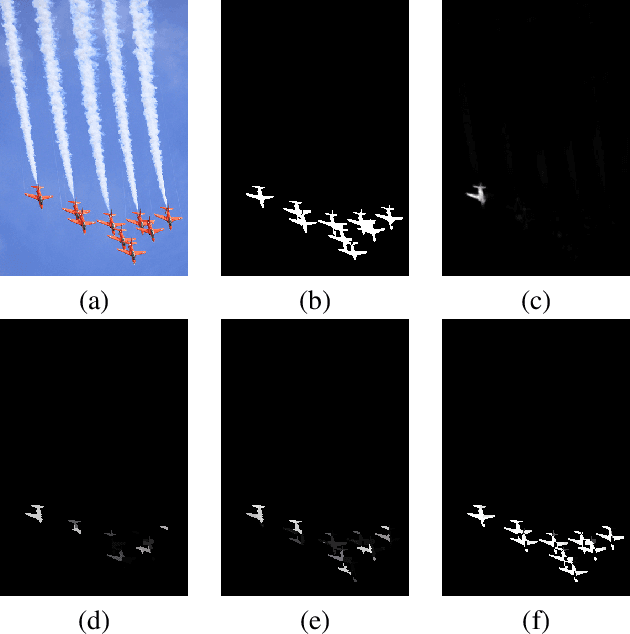
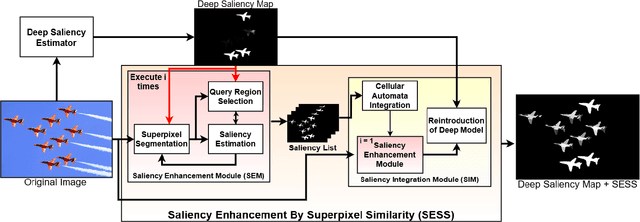
Abstract:Saliency Object Detection (SOD) has several applications in image analysis. Deep-learning-based SOD methods are among the most effective, but they may miss foreground parts with similar colors. To circumvent the problem, we introduce a post-processing method, named \textit{Saliency Enhancement over Superpixel Similarity} (SESS), which executes two operations alternately for saliency completion: object-based superpixel segmentation and superpixel-based saliency estimation. SESS uses an input saliency map to estimate seeds for superpixel delineation and define superpixel queries in foreground and background. A new saliency map results from color similarities between queries and superpixels. The process repeats for a given number of iterations, such that all generated saliency maps are combined into a single one by cellular automata. Finally, post-processed and initial maps are merged using their average values per superpixel. We demonstrate that SESS can consistently and considerably improve the results of three deep-learning-based SOD methods on five image datasets.
ITSELF: Iterative Saliency Estimation fLexible Framework
Jun 30, 2020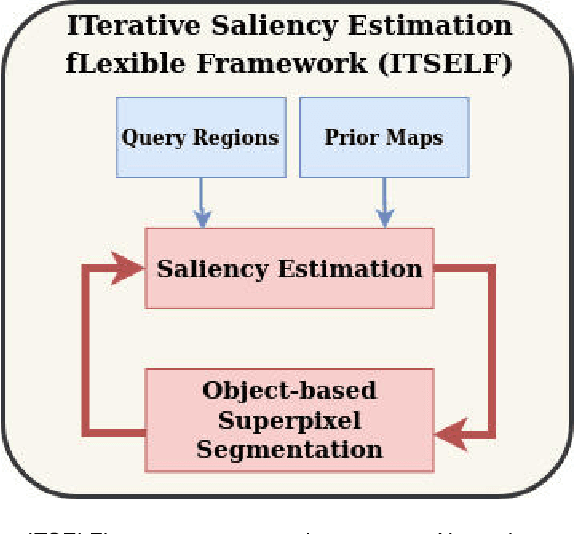

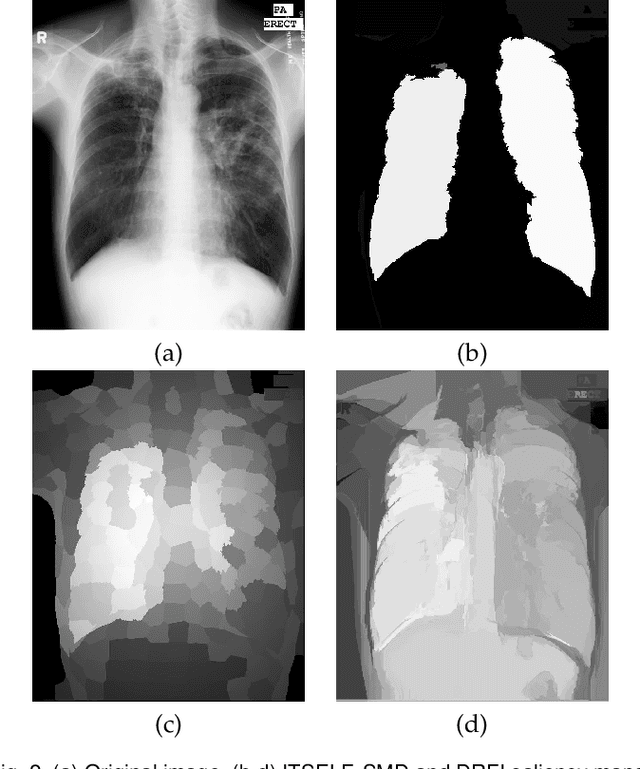

Abstract:Saliency object detection estimates the objects that most stand out in an image. The available unsupervised saliency estimators rely on a pre-determined set of assumptions of how humans perceive saliency to create discriminating features. By fixing the pre-selected assumptions as integral part of their models, these methods cannot be easily extended for specific settings and different image domains. We then propose an superpixel-based ITerative Saliency Estimation fLexible Framework (ITSELF) that allows any number of user-defined assumptions to be added to the model when required. Thanks to recent advancement on superpixel segmentation algorithms, saliency-maps can be used to improve superpixel delineation. By combining a saliency-based superpixel algorithm to a superpixel-based saliency estimator, we propose a novel saliency/superpixel self-improving loop to iteratively enhance saliency maps. We compared ITSELF to two state-of-the-art saliency estimators on five metrics and six datasets, four of which are composed of natural-images, and two of biomedical-images. Experiments show that our approach is more robust than the compared methods, presenting competitive results on natural-image datasets and outperforming them on biomedical-image datasets.
 Add to Chrome
Add to Chrome Add to Firefox
Add to Firefox Add to Edge
Add to Edge